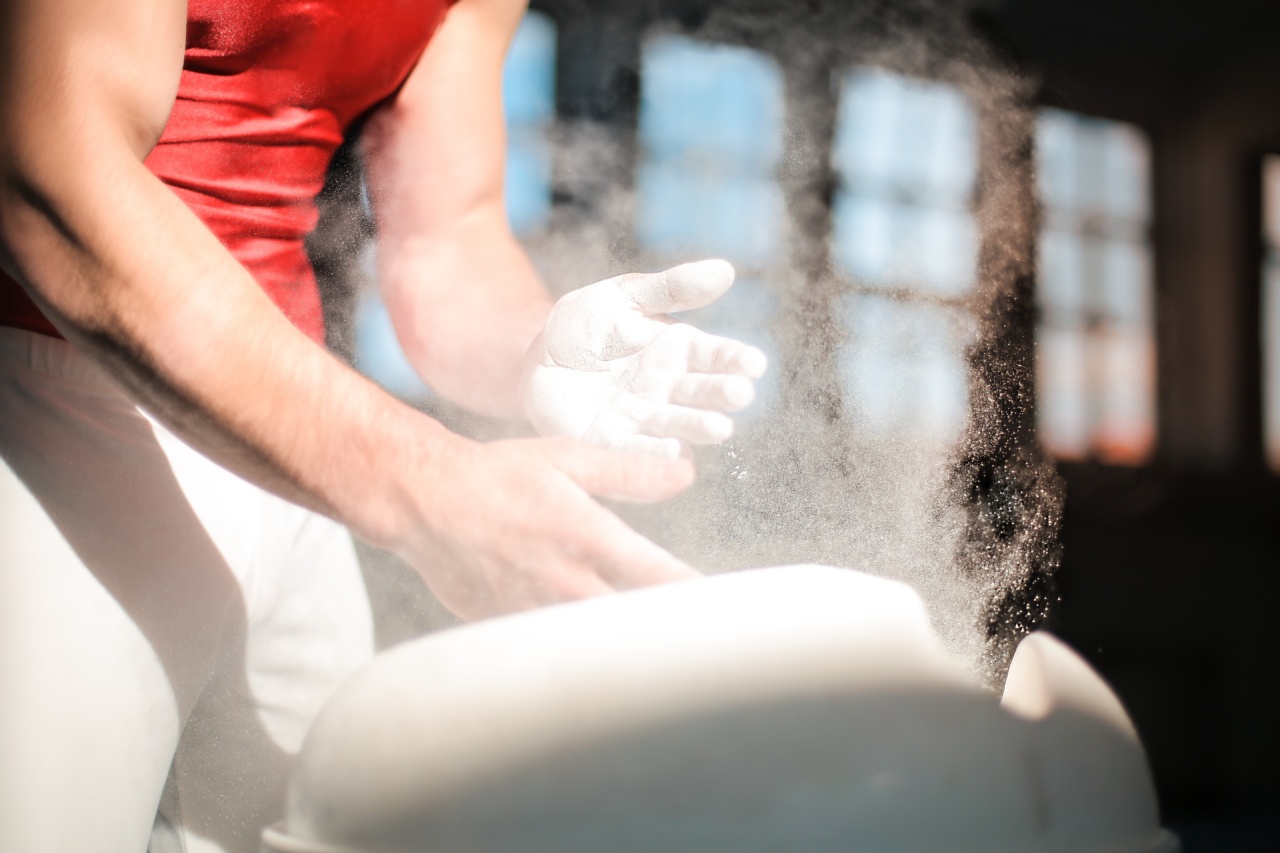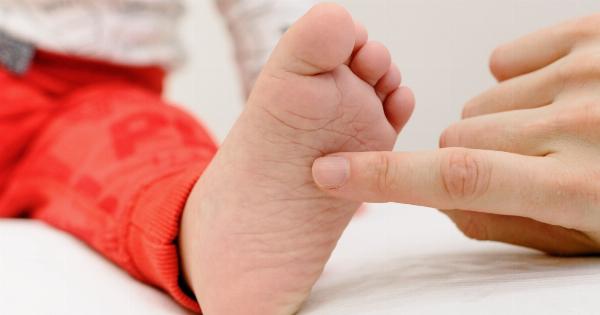Living with diabetes requires proper care and attention to various aspects of your health, including your feet. Diabetes can lead to a condition called diabetic neuropathy, which can cause nerve damage and reduced sensation in your feet.
This, combined with poor blood circulation, puts you at a higher risk for foot problems. However, with the right knowledge and preventive measures, you can protect your feet and reduce the chances of complications. In this article, we will discuss helpful tips and strategies for keeping your feet healthy as a diabetic.
1. Inspect Your Feet Daily
Regularly inspecting your feet is crucial, as it allows you to identify any potential problems at an early stage. Set aside a few minutes every day to carefully examine your feet.
Look for any cuts, blisters, redness, swelling, or changes in skin temperature. If you have difficulty reaching your feet, use a hand mirror or ask someone for assistance. Early detection of issues can prevent them from worsening.
2. Wash Your Feet Regularly
Cleanliness is essential in foot care for diabetics. Wash your feet daily using warm water and mild soap. Avoid using hot water as it can cause burns or scalds due to reduced sensation. Ensure that the water temperature is comfortable for your feet.
Thoroughly dry your feet, including between the toes, as excessive moisture can lead to infection. Use a soft towel and gently pat your feet dry. Avoid rubbing vigorously as it can damage the skin.
3. Moisturize Your Feet
After washing and drying your feet, apply a moisturizer to keep your skin hydrated and prevent dryness. Avoid moisturizing between the toes, as it can create excess moisture, leading to fungal infections.
Choose a hypoallergenic moisturizer specifically formulated for diabetics. Consult your healthcare provider to determine the most suitable option for you.
4. Trim Your Toenails Carefully
Proper toenail care is vital to prevent ingrown nails and infections. Trim your toenails straight across, avoiding curved edges. Use a proper nail clipper designed for toenails. Do not cut them too short, as it can lead to ingrown toenails.
If you have difficulty trimming your nails or have thickened toenails, consider seeking professional podiatry care.
5. Wear Comfortable Shoes and Socks
Choose well-fitting shoes and socks to protect your feet from injuries. Avoid tight, pointed, or high-heeled shoes that can cause pressure points or blisters.
Opt for shoes made from breathable materials to prevent excessive sweating and moisture build-up. Ensure there is enough room for your toes to move comfortably. Wear clean, dry socks that absorb moisture and avoid those with tight elastic bands that restrict blood flow.
6. Protect Your Feet from Extreme Temperatures
Extreme temperatures can be harmful to diabetic feet. Prevent burns by testing water temperature before immersing your feet. Use a thermometer or your hand to check the water.
Avoid direct exposure to heaters, hot pavement, or cold surfaces without proper protection. Wear insulated shoes or boots during cold weather to keep your feet warm and prevent frostbite.
7. Avoid Going Barefoot
Regardless of the environment, it is important to avoid walking barefoot to minimize the risk of injuries. Even minor cuts or abrasions can lead to serious infections for diabetics. Wear shoes or slippers at all times to protect your feet.
8. Stay Active and Exercise
Regular physical activity and exercise are beneficial for the overall management of diabetes and foot health.
Engage in activities that promote circulation, such as walking or swimming, but consult your healthcare provider before starting any new exercise routine. Physical activity can enhance blood flow to the feet and improve nerve function.
9. Manage Blood Sugar Levels
Proper management of blood sugar levels is crucial for preventing diabetic complications, including foot problems.
Follow your prescribed treatment plan, monitor your blood sugar levels regularly, and take medications as directed by your healthcare provider. Well-controlled diabetes reduces the risk of nerve damage and promotes better foot health.
10. Schedule Regular Foot Examinations
Make regular appointments with a podiatrist or foot specialist to monitor your foot health. They can identify any issues and provide professional guidance tailored to your specific needs.
A professional foot examination can help detect problems that are not easily visible to an untrained eye and prevent future complications.






















